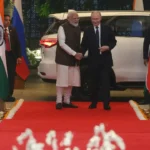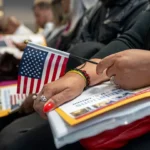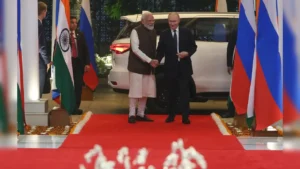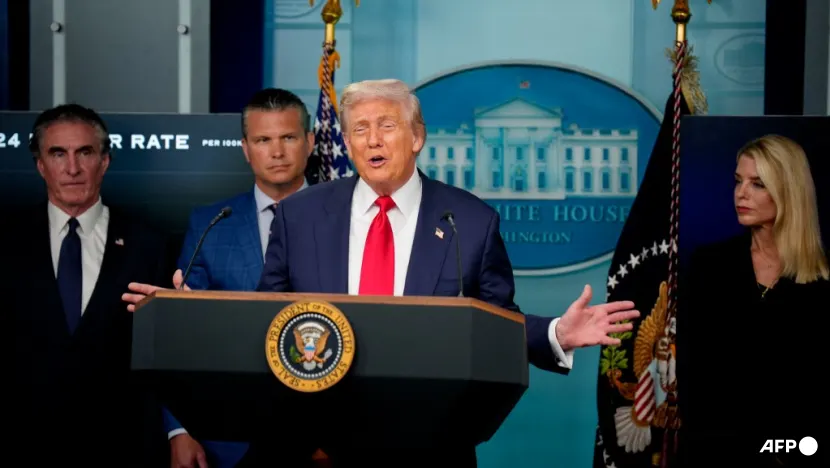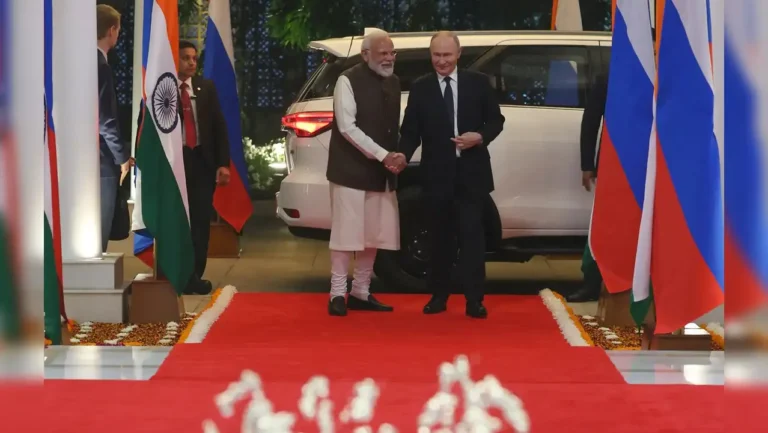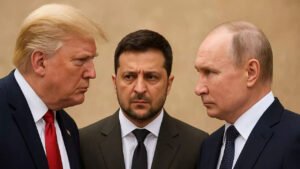US President Donald Trump extended a trade truce with China for another 90 days on Monday (August 11, 2025), at least delaying once again a dangerous showdown between the world’s two biggest economies.
Mr. Trump posted on his Truth Social platform that he signed the executive order for the extension, and that “all other elements of the Agreement will remain the same.”
The previous deadline was set to expire at 12.01 am on Tuesday. Had that happened, the U.S. could have ratcheted up taxes on Chinese imports from an already high 30%, and Beijing could have responded by raising retaliatory levies on US exports to China.
Buying time
The pause buys time for the two countries to work out some of their differences, perhaps clearing the way for a summit later this year between Mr. Trump and Chinese President Xi Jinping, and it has been welcomed by the U.S. companies doing business with China.
Sean Stein, president of the U.S.-China Business Council, said the extension is “critical” to give the two governments time to negotiate a trade agreement that US businesses hope would improve their market access in China and provide the certainty needed for companies to make medium- and long-term plans.
“Securing an agreement on fentanyl that leads to a reduction in US tariffs and a rollback of China’s retaliatory measures is acutely needed to restart US agriculture and energy exports,” Mr. Stein said.
Reaching a pact with China remains unfinished business for Mr. Trump, who has already upended the global trading system by slapping double-digit taxes — tariffs — on almost every country on earth.
The European Union, Japan and other trading partners agreed to lopsided trade deals with Trump, accepting once unthinkable U.S. high tariffs (15%) on Japanese and EU imports, for instance) to ward off something worse.
Trade policy
Mr. Trump’s trade policies have turned the United States from one of the most open economies in the world into a protectionist fortress. The average U.S. tariff has gone from around 2.5% at the start of the year to 18.6%, the highest since 1933, according to the Budget Lab at Yale University.
But China tested the limits of a U.S. trade policy built around using tariffs as a cudgel to beat concessions out of trading partners. Beijing had a cudgel of its own: cutting off or slowing access to its rare earths minerals and magnets – used in everything from electric vehicles to jet engines.
In June, the two countries reached an agreement to ease tensions. The United States said it would pull back export restrictions on computer chip technology and ethane, a feedstock in petrochemical production. And China agreed to make it easier for US firms to get access to rare earths.
“The U.S. has realised it does not have the upper hand,’‘ said Claire Reade, senior counsel at Arnold & Porter and former assistant US trade representative for China affairs.
In May, the U.S. and China had averted an economic catastrophe by reducing massive tariffs they’d slapped on each other’s products, which had reached as high as 145% against China and 125% against the U.S.
Those triple-digit tariffs threatened to effectively end trade between the United States and China, causing a frightening sell-off in financial markets. In a May meeting in Geneva they agreed to back off and keep talking: America’s tariffs went back down to a still-high 30% and China’s to 10%.

